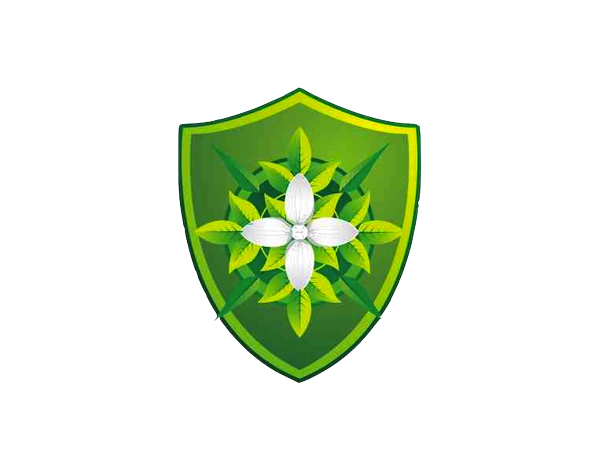Science 5 A/B
Segment A of Science 5 reviews and reinforces what students have learned in life science about cells, plants, and animals. This moves toward a review of environmental science and ecosystems and biomes, which, in turn, prepares students for an introduction to earth and space science. Students will study minerals, rocks, and the Earth’s surface, exploring the formation of volcanoes, the science of earthquakes, and the effects of weathering and erosion on the Earth’s surface. Students learn that the Earth is one member of the solar system and discover similarities and differences among the other bodies in that cosmic realm.
Segment B of Science 5 sets students on a path toward chemistry as they look more closely at the properties and structure of matter, observing changes in matter, both physical and chemical. They will also look further into weather, atmosphere and storms, observing the overall effect on climate. After reviewing energy and its forms, students will be introduced to the mechanical area of science, studying simple machines and their relationship to work, energy, force, and motion. The course concludes with a study of water and terrestrial systems, and their relationship with producers and consumers.
PRE-REQUISITES: None
ESTIMATED COMPLETION TIME: 32-36 weeks or approximately 125 – 135 hours
MAJOR TOPICS AND CONCEPTS — SEGMENT A
Life Science
Cells
Multicellular Organization
Classifying Plants
Classifying Animals
The Oxygen Cycle
Environmental Science
Ecosystems
Food Chains
Water Cycle
Biomes
Biodiversity
Pollution
Earth and Space Science
Moving Continents
Earthquakes
Volcanoes
Mountain Formations
Seasons
Weathering and Erosion
Astronomy and Space
Solid Earth
Minerals
Rocks
Earth’s Structure
Fossils
MAJOR TOPICS AND CONCEPTS — SEGMENT B
Matter and Its Properties
Properties and Structure of Matter
Property Changes in Matter
Chemical Properties
Mixtures and Compounds
Weather
Weather and Atmosphere
Precipitation and Clouds
Storms
Climate
Using Energy
Heat
Sound
Light
Electricity
Magnetism
Simple Machines
Levers
Pulleys, Wheels, and Incline Planes
Work and Energy
Force and Motion
Microworld
Animal and Plant Cells
Monerians
Fungi
Protista
Ecosystems
Producers and Consumers
Water Ecosystem
Terrestrial Ecosystems
Cycles in Ecosystems
